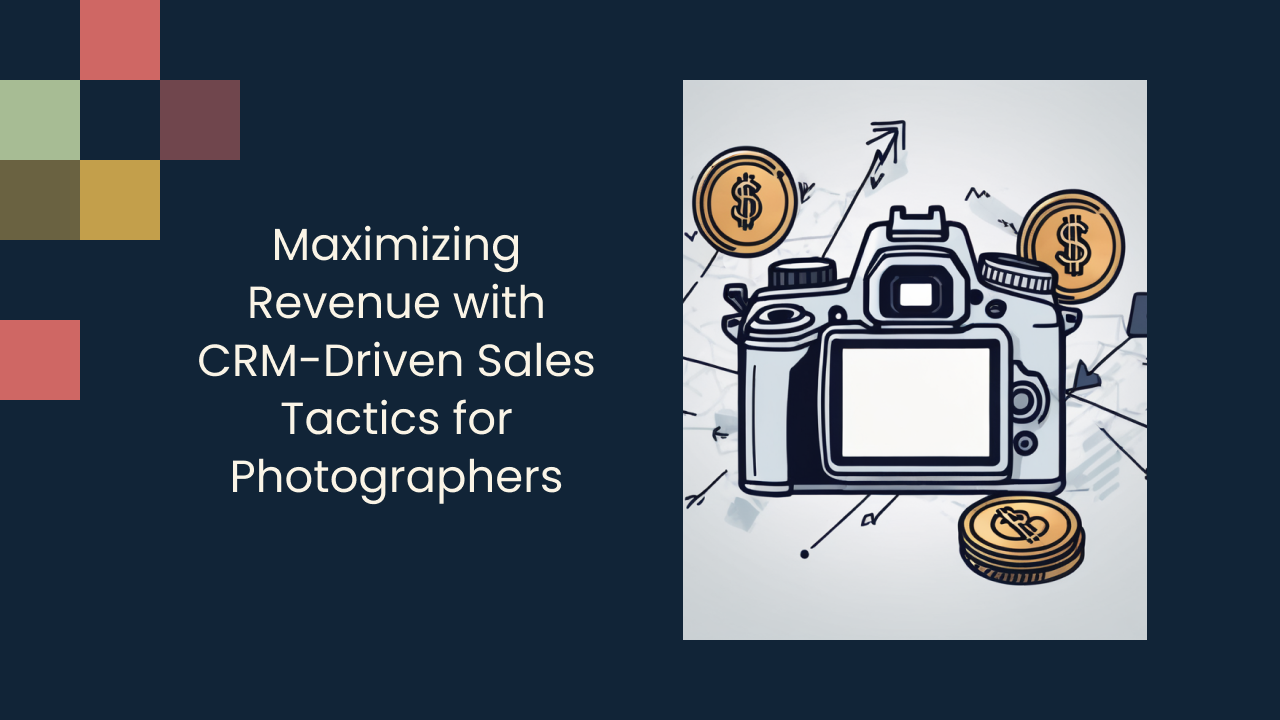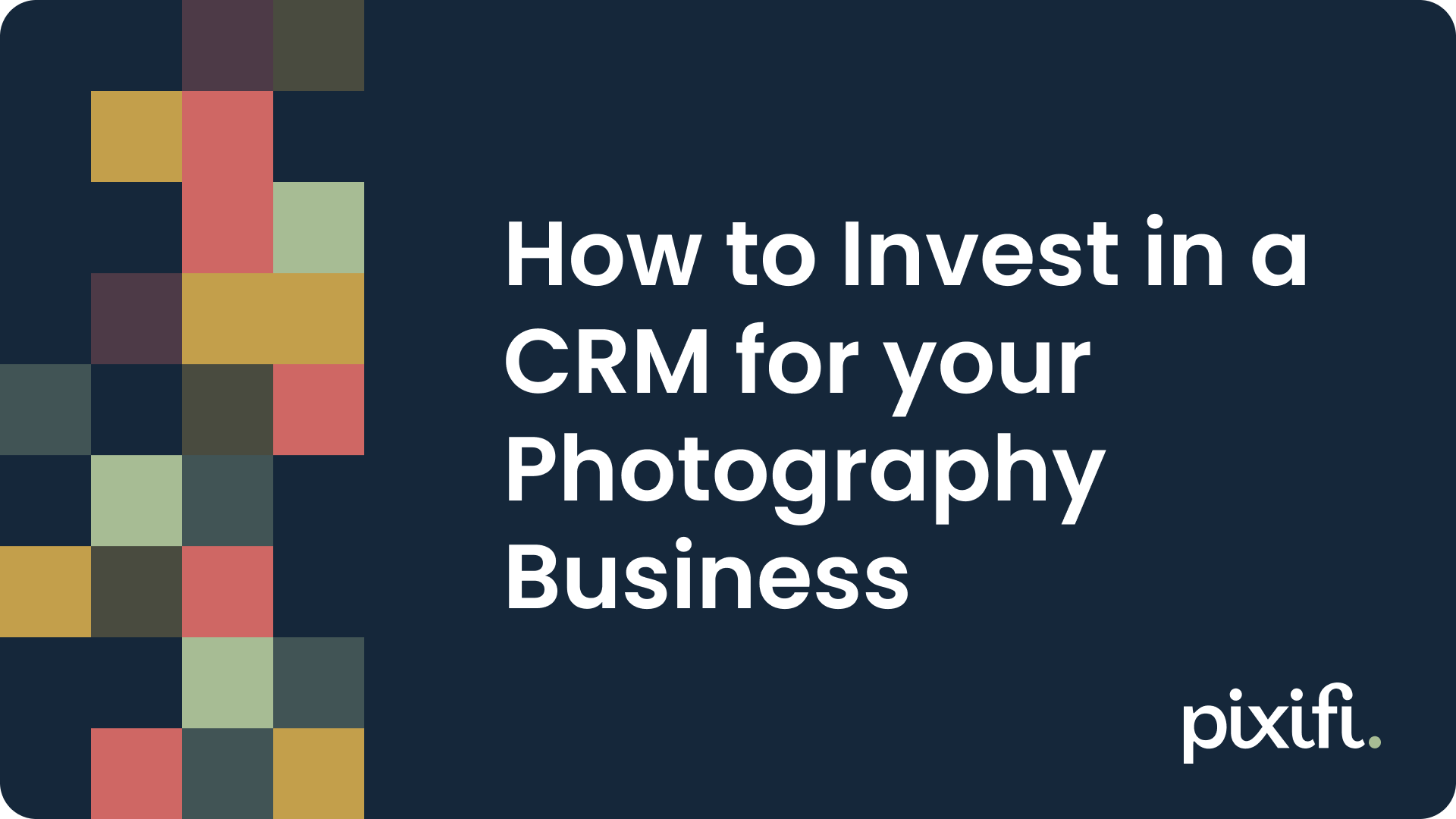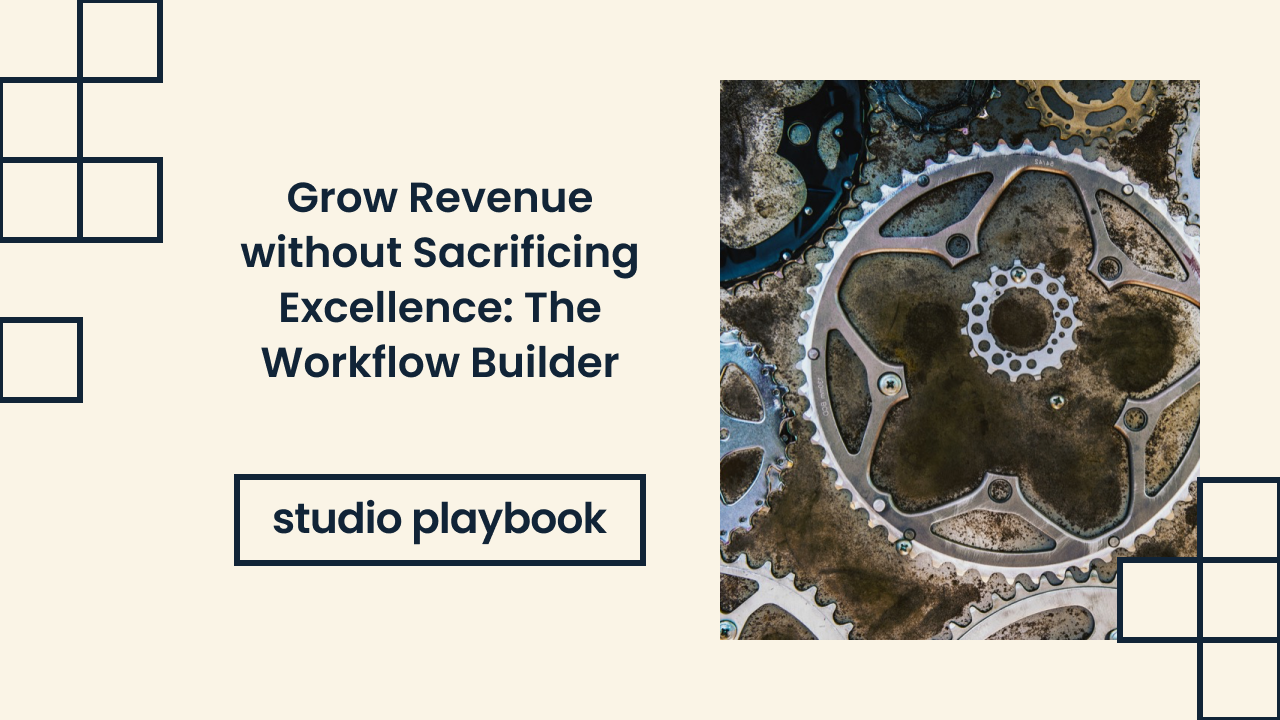Maximizing Revenue with CRM-Driven Sales Tactics for Photographers
In today's competitive market, photographers need to go beyond their creative skills to succeed. Maximizing revenue requires a strategic approach that incorporates CRM-driven sales tactics. Customer Relationship Management (CRM) is not just for big businesses; it can play a crucial role in streamlining sales processes and boosting revenue for photographers. Understanding the importance of CRM in the photography business is the first step towards achieving success.
Understanding CRM and Its Importance in Photography Business
Defining CRM in the Context of Photography
CRM refers to the strategies, software, and systems that help businesses manage and analyze customer interactions and data. In the photography industry, CRM involves capturing and organizing customer information, such as contact details, preferences, and purchase history. It enables photographers to provide a personalized experience to clients, leading to increased customer satisfaction and repeat business.
Implementing a robust CRM system in a photography business can also aid in tracking important metrics like customer lifetime value, conversion rates, and popular photography packages. By analyzing this data, photographers can make informed decisions on pricing, marketing strategies, and service offerings to better cater to their clients' needs and preferences.
The Role of CRM in Streamlining Sales Processes
CRM can revolutionize how photographers manage their sales processes. It allows for efficient lead management, tracking inquiries, and monitoring the progress of potential clients. With CRM, photographers can streamline their workflow by automating tasks, such as sending follow-up emails and reminders to clients. This not only saves time but ensures that no potential opportunities fall through the cracks.
Moreover, CRM systems can integrate with online booking platforms, enabling clients to schedule photo sessions seamlessly. This integration not only enhances the customer experience but also simplifies the booking process for photographers, reducing administrative tasks and allowing them to focus more on their craft.
Key CRM-Driven Sales Tactics for Photographers
Leveraging Customer Data for Personalized Marketing
One of the significant benefits of CRM is the ability to gather and analyze customer data. Photographers can use this information to tailor their marketing efforts to specific customer segments. By understanding clients' preferences, photographers can offer targeted promotions or create personalized content that resonates with their audience. This personalized approach can significantly increase the chances of converting leads into paying customers.
For example, let's say a photographer specializes in wedding photography. With CRM, they can analyze their customer data and identify that a significant portion of their clients are interested in destination weddings. Armed with this knowledge, the photographer can create a targeted email campaign showcasing their expertise in capturing beautiful destination weddings. By addressing their clients' specific needs and desires, the photographer can establish themselves as the go-to expert in this niche, attracting more clients and increasing their sales.
Implementing Automated Follow-ups and Reminders
Following up with leads is crucial for sales success. However, manually tracking and sending follow-up messages can be time-consuming and prone to errors. With CRM, photographers can automate these processes, creating a system that sends personalized follow-ups and reminders at the right times. By staying in touch with clients throughout the sales cycle, photographers can nurture relationships and maintain top-of-mind awareness, ultimately leading to more sales.
Imagine a scenario where a photographer meets a potential client at a wedding expo. They exchange contact information, and the photographer inputs the details into their CRM system. The CRM system is set up to automatically send a personalized follow-up email a week after the initial meeting, reminding the potential client of the photographer's services and offering a special discount for booking within a specific timeframe. By automating this process, the photographer ensures that no potential leads fall through the cracks and increases their chances of converting them into paying customers.
Utilizing CRM for Efficient Project Management
Managing photography projects involves juggling multiple tasks, timelines, and client expectations. CRM can act as a central hub for project management, allowing photographers to track project progress, assign tasks, and collaborate with their team. By having all project-related information in one place, photographers can ensure a smooth workflow and provide a seamless experience for their clients.
Let's say a photographer is working on a large-scale commercial shoot that involves coordinating with models, makeup artists, and a production team. With CRM, the photographer can create a project timeline, assign tasks to each team member, and set reminders for important milestones. The CRM system can also facilitate communication between team members, allowing them to share updates, files, and feedback in real-time. By streamlining the project management process, CRM enables photographers to deliver high-quality work efficiently and exceed their clients' expectations.
Benefits of CRM-Driven Sales Tactics for Photographers
Enhanced Customer Relationship Management
CRM empowers photographers to build stronger and more meaningful relationships with their clients. By having access to detailed customer profiles, photographers can understand their clients' needs better and deliver personalized services. This leads to increased customer satisfaction, loyalty, and positive word-of-mouth referrals.
Furthermore, with CRM systems, photographers can set up automated reminders for important client milestones such as birthdays, anniversaries, or special events. This personalized touch not only strengthens the client-photographer relationship but also helps in fostering long-term connections and repeat business.
Increased Sales and Revenue
By implementing CRM-driven sales tactics, photographers can effectively manage their leads and convert more prospects into paying clients. The ability to track and analyze sales data enables photographers to identify the most profitable strategies and make data-driven decisions to drive revenue growth.
In addition, CRM software can provide valuable insights into client behavior and preferences, allowing photographers to tailor their marketing efforts and offerings to meet specific client needs. This targeted approach not only increases sales conversion rates but also maximizes revenue potential from each client engagement.
Improved Business Efficiency and Productivity
CRM streamlines sales processes, automates tasks, and centralizes information, resulting in improved efficiency and productivity for photographers. By freeing up time spent on repetitive administrative tasks, photographers can focus on what they do best – capturing incredible moments and delivering exceptional photography services.
Moreover, CRM systems offer robust reporting and analytics capabilities that enable photographers to track key performance metrics, identify bottlenecks in their sales processes, and optimize workflow efficiency. By leveraging these insights, photographers can streamline their operations, reduce overhead costs, and ultimately enhance their bottom line.
Choosing the Right CRM for Your Photography Business
Running a successful photography business involves more than just capturing stunning images; it also requires efficient management of client relationships. Selecting the right Customer Relationship Management (CRM) system is crucial in streamlining your workflow and enhancing customer satisfaction. When choosing a CRM for your photography business, several factors need to be considered.
One key factor to consider is the scalability of the CRM solution. As your photography business grows, you'll need a CRM that can expand with you, accommodating a larger client base and increased data storage requirements. Additionally, ease of use is essential for seamless integration into your daily operations. A user-friendly CRM will ensure that you and your team can quickly adapt to the new system without extensive training.
Integration capabilities with existing systems are another important consideration. Your CRM should be able to sync effortlessly with other tools you use, such as accounting software, email marketing platforms, and project management tools. This integration streamlines your processes, prevents data silos, and provides a holistic view of your business operations. Lastly, the availability of reliable customer support is crucial. In case of any technical issues or questions, having access to responsive customer support can prevent downtime and keep your business running smoothly.
Implementing CRM-Driven Sales Tactics in Your Business
Steps to Integrate CRM into Your Sales Process
Integrating CRM into your photography business involves a systematic approach. It's essential to start by thoroughly understanding your current sales processes and identifying areas where CRM can add value. Next, select a CRM solution that aligns with your business needs and budget. Once selected, dedicate time to set up the CRM system, import your existing customer data, and train your team on its usage. Regularly monitor and evaluate the success of your CRM-driven sales tactics to ensure ongoing improvement.
Training Your Team on CRM Usage
Implementing CRM requires proper training for your team members. Ensure that everyone understands the benefits of CRM and how to effectively use the system for lead management, follow-ups, and project tracking. Offer ongoing support and encourage your team to provide feedback on the CRM's usability and areas for improvement.
Measuring the Success of Your CRM-Driven Sales Tactics
Success with CRM-driven sales tactics can be measured through various metrics. Track the number of leads generated, conversion rates, average sales value, and customer retention rates. Analyze this data to identify trends and areas for optimization. Regularly review your CRM strategy and make necessary adjustments to ensure continued revenue growth.
By maximizing revenue with CRM-driven sales tactics, photographers can enhance their customer relationships, increase sales, and improve business efficiency. With the plethora of CRM solutions available, photographers must select the right CRM for their specific needs and ensure proper implementation and training. By embracing CRM, photographers can take their business to new heights of success.
Looking for an easier way to manage and grow your studio? Experience a platform built by a photographer, for photographers. Try it free for 2 weeks.











